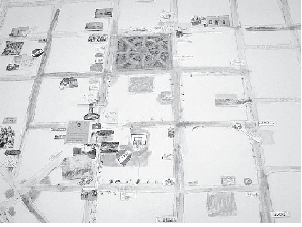Safeguarding of Intangible Cultural Heritage in the digital era: the experience of Villa Mitre 3.0

##plugins.themes.bootstrap3.article.details##
This article considers the nature of the new communication devices or artifactual interfaces (Gobato, 2014) in the safeguarding of Intangible Cultural Heritage processes. Through a critic recovery of the project Villa Mitre 3.0, which was conducted in an Argentinean city from 2010 to 2012, we focalize in the strengths and weakness of this proposal to understand their social meaning in the community where it took place. The analytical emphasis is on the possibilities of new devices to canalize the concerns of communities for their own history. From the coordination of various personal and institutional projects, started up Villa Mitre 3.0, a participatory history file and multimedia about Villa Mitre and surrounding neighbourhoods, which were designed from the georeference of the stories. Villa Mitre 3.0 was intended as a project of interactive and participatory cartography, aimed at the production, research and dissemination of digital culture, recovery and preservation of the collective memory, from the confluence of art, science, technology and society.
intangible cultural heritage, technology 2.0, collective memory, digital cartography, safeguarding ichpatrimonio cultural inmaterial, tecnología 2.0, memoria colectiva, cartografía digital, salvaguardia del pcipatrimônio cultural imaterial, tecnologia 2.0, memória coletiva, cartografia digital, salvaguarda ich

